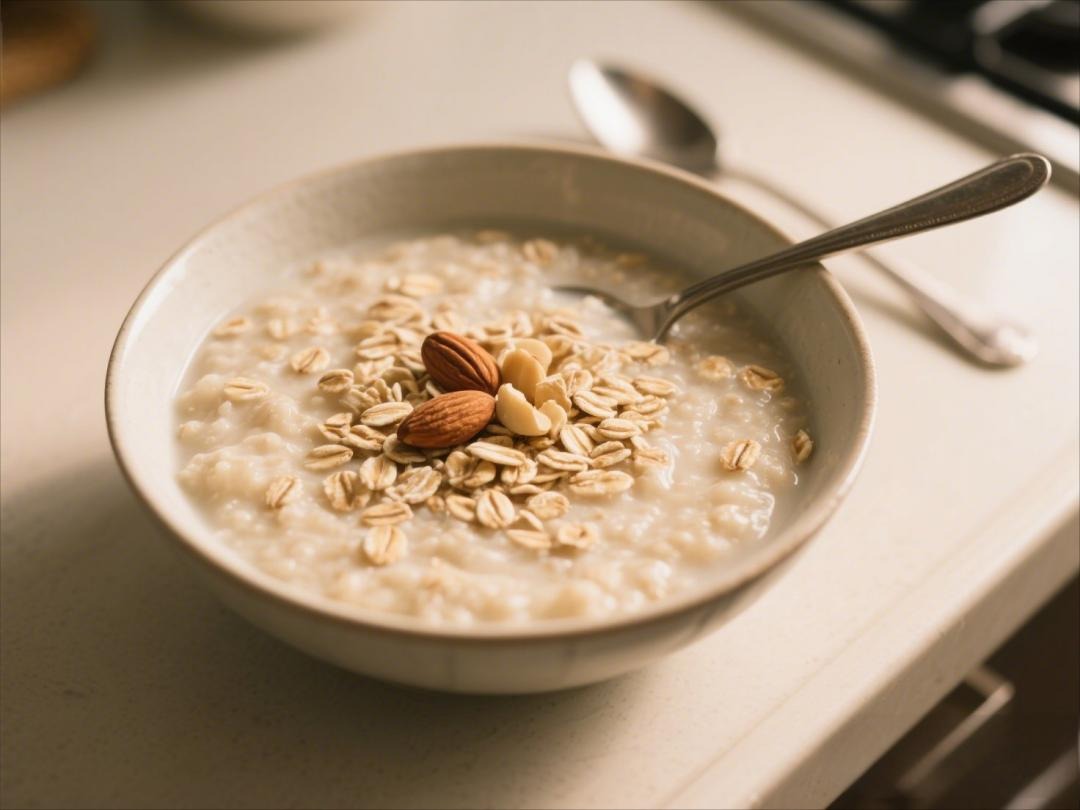Exercise stacking—combining multiple workouts back-to-back—is neither genius nor overkill. It's just another tool in your fitness toolbox, and like any tool, its effectiveness depends on how you use it. Some folks swear by stacking a morning run with an evening lift session, while others crash halfway through their second workout. The real question isn't whether stacking works, but whether it works for you.
The Science Behind Stacking Sessions
Your body doesn't operate on a 60-minute workout timer. Muscle recovery, energy systems, and hormonal responses play out over hours—not just during your gym session. Stacking leverages this by targeting different energy pathways. For example, pairing a 30-minute HIIT blast with a 45-minute yoga flow later that day taps into both anaerobic and recovery systems without overtaxing one. Research shows strategic stacking can enhance endurance adaptations by 12-18% compared to single-session training. But here's the kicker: it only works if you're already nailing fundamentals like sleep and nutrition. No amount of clever scheduling fixes a diet of fast food and four-hour sleep nights.
Who Should (And Shouldn't) Stack
College athletes? Great candidates. Their bodies are adaptation machines, and they've got trainers monitoring recovery. Desk warriors trying to cram fitness into a 9-to-5 grind? Tread carefully. Stacking doubles your chances of form breakdown when fatigue sets in. The sweet spot? Intermediate lifters who've mastered exercise technique but hit plateaus with traditional splits. One study found stacked workouts triggered new muscle growth in experienced trainees who'd stalled on bro splits. Just don't pull a "hold my pre-workout" and stack leg day with a marathon—that's not stacking, that's self-sabotage.
The Art of the Stack
Smart stacking follows three rules: contrast, recover, fuel. Contrast means pairing opposing modalities—think heavy squats followed by swimming, not back-to-back spin classes. Recovery means at least 4-6 hours between sessions with proper refueling (that protein shake isn't optional). And fuel? Double workouts demand double attention to macros. A 2018 Journal of Strength and Conditioning study showed stacked workout groups needed 22% more carbs to maintain performance versus single-session athletes. Pro tip: time your caffeine. That 3pm cold brew might power your second workout but wreck your sleep, creating a vicious cycle.
When Stacking Goes Wrong
Ever seen someone hobble through a workout like a zombie? That's stacking without strategy. Common fails include stacking two high-impact sessions (running + CrossFit = shin splint city), ignoring cumulative joint stress, or worse—using stacking as an excuse for poor programming. One client of mine stacked six straight days of workouts... all chest exercises. His shoulders haven't forgiven him. Listen to your body's whispers (fatigue, nagging aches) so you don't hear its screams (injuries, burnout).
At the end of the day, exercise stacking is like a kitchen knife—useful for meal prep, dangerous if you juggle it. Test it during lower-stress life periods first. Track energy levels, sleep quality, and gym performance for three weeks. If you're thriving, you've found your rhythm. If you're constantly drained, maybe stacking isn't your jam. Fitness isn't about keeping up with TikTok trends; it's about finding what makes your body perform and feel its best.
























